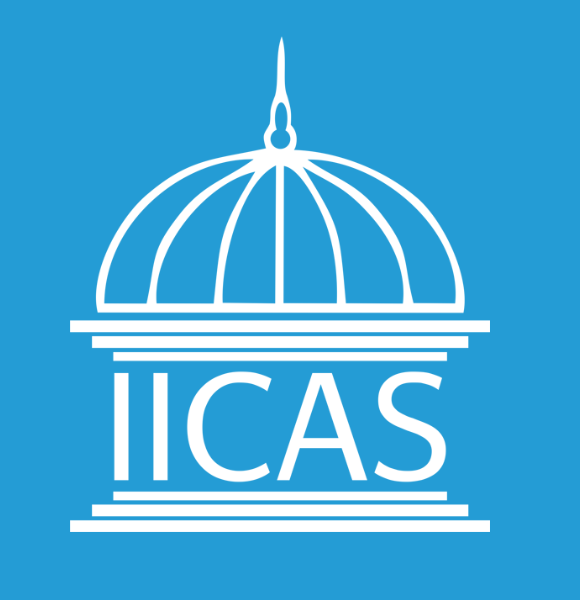Petroglyphs in Sarmishsay Recommendations for methods of conservation
This publication is devoted to questions relating to the conservation of Rock Art monuments. Within the territory of Uzbekistan about 150 rock art locations are documented. Surveys show that rock-art monuments constantly suffer from natural and climatic conditions and human impact. Therefore, in Uzbekistan research has been undertaken to address the destruction of petroglyphs, and the development and introduction of conservation methods on the drawing example of Sarmishsay. Documenting and constant monitoring of figures is the most important part of the research. All these jobs directed in order to conserve of unique Rock Arts monuments, which are important documents for studying of ancient history of the people of Uzbekistan.











